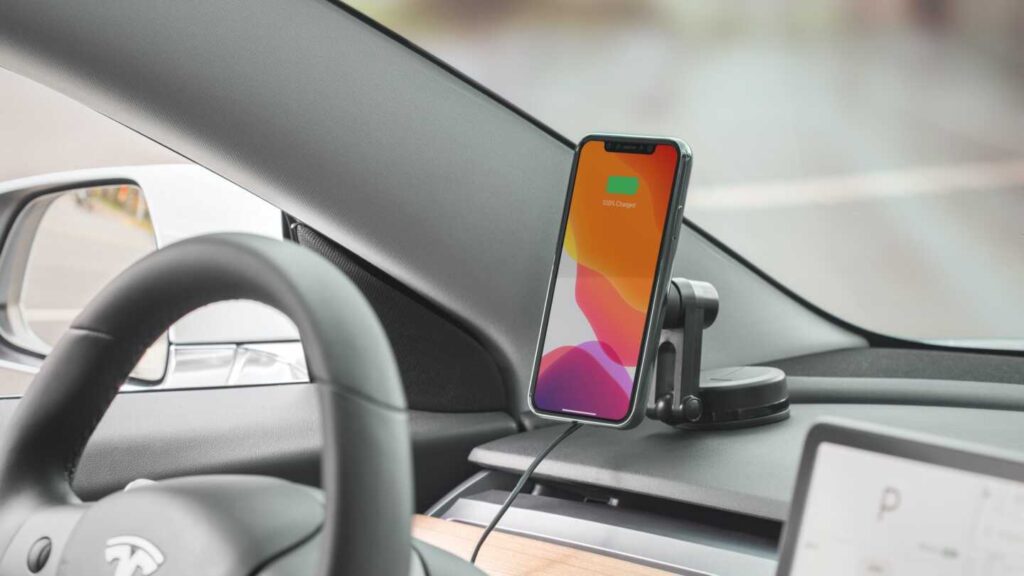Starting and managing a business can be a daunting task, and it is essential to have an accountant to help you keep track of your finances. However, choosing the right accountant for your business needs can be a challenging task. Your business needs may evolve over time, and you may require different accounting services at different stages. Whether you are just starting your business or planning to sell your business, having the right accountant can make all the difference. In this blog post, we will discuss some essential factors to consider when choosing an accountant for your business needs, including when selling your business.
Determine Your Needs
As a certified public accountant, it is important to understand the requirements of your business before selecting an accountant.
Start by identifying your priorities and assessing your budget to determine how much you can allocate towards accounting services.
Defining expectations for the role of an accountant will also help in the selection process.
Analyzing business goals is another crucial aspect as this will ensure that the chosen accountant has experience or expertise in relevant areas that can contribute to achieving those goals.
It is essential to take ample time to consider these factors carefully when choosing an accountant to ensure that they are well-suited for meeting your specific needs.
Look For Qualifications
When considering an accountant, it is important to look for qualifications that demonstrate their competency and expertise in the field.
Certifications such as Certified Public Accountant (CPA), Chartered Financial Analyst (CFA), or Enrolled Agent (EA) indicate a high level of knowledge and skill in accounting principles and practices.
Educational requirements may also be relevant, with many accountants holding degrees in accounting, finance, or business administration.
It’s also crucial to consider industry expertise and specializations, particularly if your business operates within a specific sector such as manufacturing or healthcare.
Professional associations like American Institute of CPAs (AICPA) can offer additional insights into an accountant’s professionalism and commitment to continuing education.
Overall, choosing an accountant who meets these qualifications can help ensure that you receive accurate financial advice and services tailored to your business needs.
Consider Experience
To ensure that you choose the right accountant for your business needs, it is imperative to evaluate their expertise.
One way of doing this is by reviewing their portfolio of clients and projects they have handled in the past. This will give you an idea of their level of experience and specialization in certain industries or areas such as taxes, audits, or financial planning.
Additionally, assessing their industry knowledge can help determine if they are up-to-date with current regulations and trends that may affect your business.
Seeking referrals from trusted sources like other business owners or professional organizations can also provide valuable insights into the quality of services provided by a potential accountant.
Finally, checking credentials such as licensure, certifications, and memberships to professional associations can demonstrate a commitment to maintaining high standards of professionalism and ethics within the accounting profession.
By considering these factors when selecting an accountant, you can be confident in making an informed decision that aligns with your specific business needs.
Check References
To ensure that you choose the right accountant for your business needs, it is important to check references. This can be done in a number of ways.
Firstly, ask questions about their experience and qualifications, as well as any areas of specialization they may have.
Additionally, review testimonials from previous clients to get an idea of their level of satisfaction with the services provided by the accountant.
It is also wise to verify the credibility of the accountant through professional organizations such as state boards or industry associations.
Seeking referrals from trusted sources can further assist in finding a reputable accountant.
Finally, conducting research online can provide additional insight into an accountant’s reputation and track record.
By thoroughly checking references, businesses can make informed decisions when selecting an accountant who will best meet their specific needs and requirements.
Evaluate Communication Skills
After checking references, it is important to evaluate the communication skills of a potential accountant.
Active listening and effective written communication are essential traits for any accountant as they need to understand their clients’ needs and communicate financial information in an understandable way.
Body language can also be indicative of how well an accountant is able to listen and interpret client feedback.
Cultural awareness is another crucial aspect, especially when dealing with international clients or businesses with diverse backgrounds.
The ability to deliver constructive feedback while maintaining professionalism is also vital for successful collaboration between accountants and their clients.
Therefore, selecting an accountant who possesses strong communication skills will ensure that your business’s financial matters are handled accurately and efficiently.
Consider Fees
As a CPA, it is important to consider fees when choosing the right accountant for your business needs.
It is essential to compare prices and negotiate rates with potential accountants to ensure that you are getting fair pricing for their services.
Additionally, budget analysis should be conducted beforehand so that you can determine how much you can afford to pay an accountant.
When discussing payment options with your chosen accountant, make sure to ask about any hidden costs or additional fees that may arise during the accounting process.
By thoroughly considering all of these factors, you can select an accountant who will provide quality services at a reasonable cost without exceeding your budget.
Meet With Potential Accountants
After considering the fees of potential accountants, it is important to meet with them in person. Preparing questions beforehand can help ensure that all relevant topics are covered during the meeting.
It is also crucial to discuss expectations and set clear goals for what services will be provided by the accountant. This allows both parties to have a mutual understanding of what needs to be accomplished.
When reviewing proposals from different accountants, it is important to compare their services and experience, as well as their fee structure.
Ultimately, choosing the right accountant depends on finding someone who has the skills and expertise necessary for your business needs while also being able to communicate effectively and work collaboratively with you.
Conclusion
Choosing the right accountant for your business needs requires careful consideration of various factors.
Firstly, it is essential to determine your specific requirements and what you expect from an accountant.
Secondly, look for qualified professionals who have the necessary certifications and licenses to provide accounting services.
Experience is a crucial aspect that should not be overlooked when choosing an accountant.
Consider candidates with extensive experience working with businesses similar to yours in size and industry.
Checking references can also help verify their track record of success.
Moreover, good communication skills are vital as they enable effective collaboration between you and your accountant.
Another critical factor to consider is fees since different accountants charge varying rates depending on their level of expertise and location.
It’s important to choose someone whose fees fit within your budget while still being able to deliver high-quality services.
Lastly, meeting potential accountants face-to-face allows you to ask questions directly, assess their suitability for your business, and make informed decisions.
As a CPA, I recommend taking ample time during the selection process so that you find an experienced professional who meets all your expectations.
By partnering with a competent accountant who understands your business goals, you gain valuable insights into managing finances effectively, making better-informed decisions, and achieving long-term success.
Remember to always prioritize qualifications over price when selecting an accountant because getting value for money will save costs in the long run by avoiding mistakes or inadequate service delivery.

















